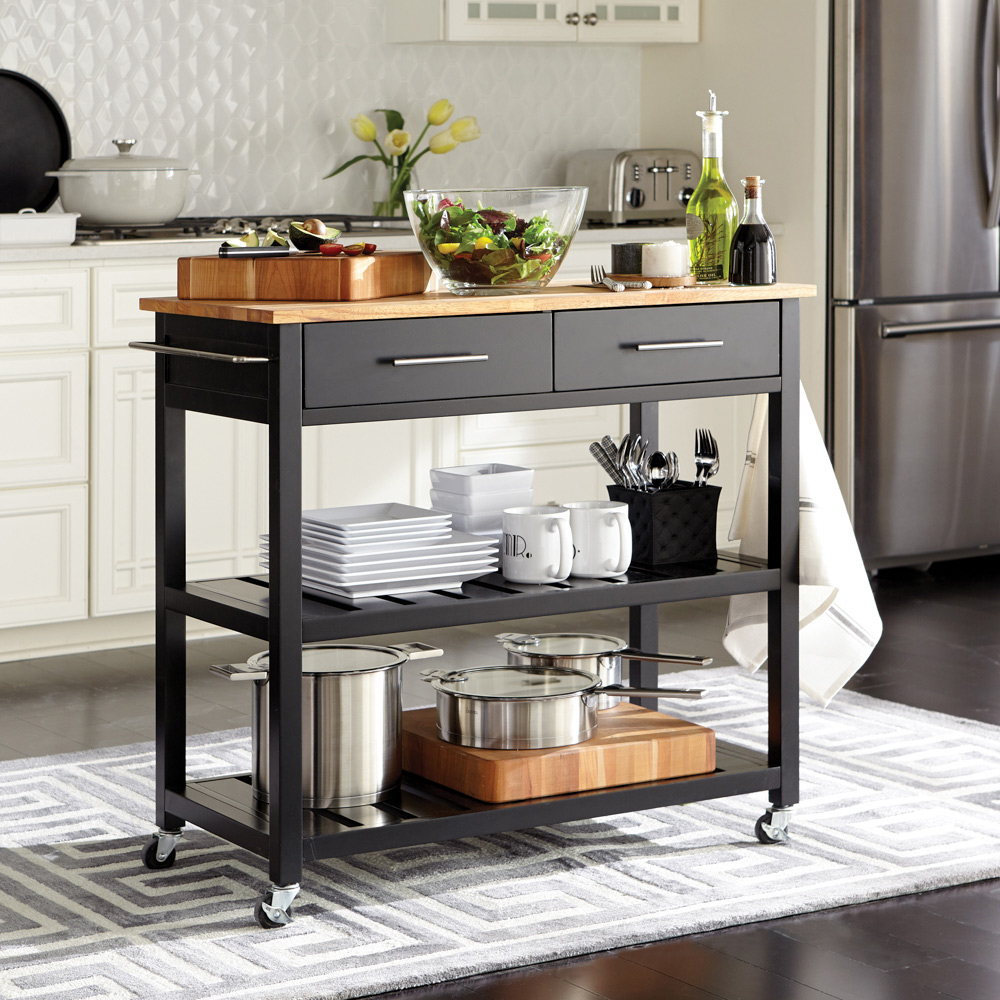10 years of experience as a food machinery equipment manufacturer
10 years of experience as a food machinery equipment manufacturer
Choosing the right food workshop trolley significantly impacts kitchen efficiency, safety, and workflow. With various options available, selecting the optimal model requires careful consideration. Here are five straightforward tips to guide the selection process for any professional or high-volume home kitchen.

The primary factor is matching the trolley’s dimensions and load capacity to the specific tasks. Consider:
Smooth movement within the kitchen environment is crucial. Key mobility features include:
Kitchen trolleys endure heavy use, frequent cleaning, and exposure to moisture and food residues. Optimal materials offer:
Beyond basic movement and storage, trolleys can enhance workflow efficiency. Useful design elements often include:
Select features that directly address specific kitchen routines.
A quality trolley should be a long-term investment. Focus on:
Choosing a trolley based solely on initial price can lead to higher long-term costs due to repairs or premature replacement.
Selecting the ideal food workshop trolley involves a balance of these practical considerations. Carefully analyzing size, mobility, materials, features, and durability ensures the chosen trolley becomes a reliable and indispensable asset, enhancing productivity and safety within the demanding kitchen environment. Thoughtful selection saves time, reduces physical strain on staff, and contributes significantly to smoother kitchen operations overall.
